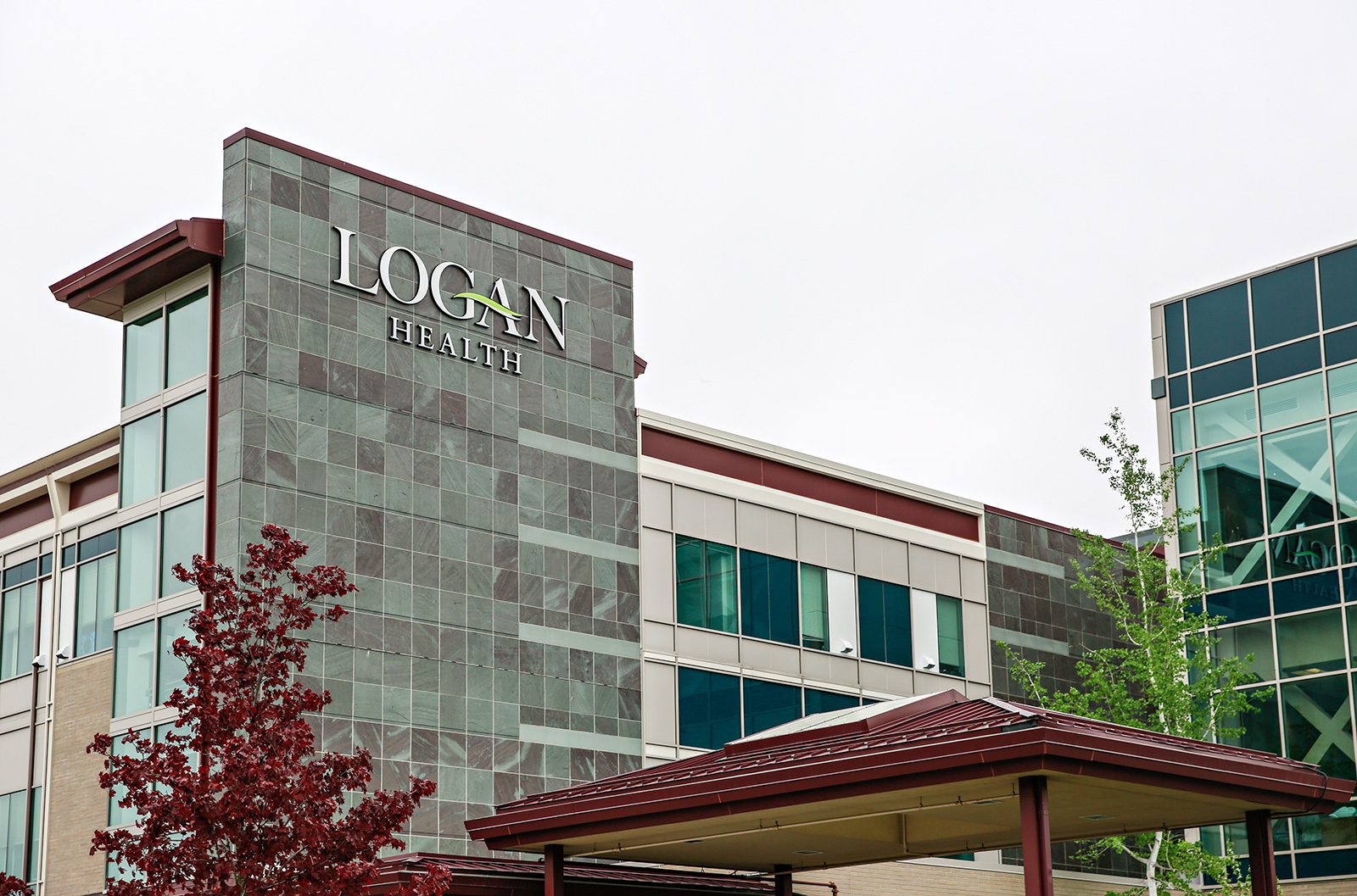Merger Between Billings Clinic and Logan Health Could Begin Moving Forward this Summer
State and federal reviews of the possible merger still need to be completed
By Mike Kordenbrock
Pending state and federal review, a merger between the Billings Clinic and Logan Health could begin moving forward this summer.
The two not-for-profit health care organizations announced on Feb. 15 that they had signed a non-binding letter of intent to explore a merger. Combined, the two health systems employ more than 9,000 people.
Billings Clinic CEO Dr. Clint Seger said that last fall he and Logan Health CEO Dr. Craig Lambrecht started exploring the idea of how the two organizations could improve statewide and regional healthcare together.
Lambrecht explained that the letter of intent signed by the two entities allows them to bring their boards, executives and clinicians together to move forward with the process of envisioning what it would look like to integrate the two health systems ahead of reaching a final agreement.
“We can’t actually do anything,” in the interim, Lambrecht said, explaining that legally changes would be prohibited until the state attorney general’s office and the Federal Trade Commission review the proposed merger.
“We’d like to have that definitive agreement that says ‘This is an absolute go,’ by spring, And then, if the FTC says ‘You’re good to go,’ probably two, three months after that (we’d) look at a change of control probably in the summer,” Lambrecht said.
Reviews will look at whether the merger would be anti-competitive. Kaiser Health News reported in July that the Biden Administration had successfully challenged four hospital mergers and noted that hospital systems in highly consolidated markets often have higher prices.
Bob Olsen, the interim president and CEO of the Montana Hospital Association, said that the Logan Health and Billings Clinic systems don’t currently overlap in any existing Montana markets. Nationwide, Olsen said alignment strategies, including mergers, are being pursued by hospital systems, with some of them involving much larger health systems than exist in Montana.
“There’s a need to gain scale for hospital systems,” Olsen said. “You gain scale, and by gaining scale you’re able to do quite a lot more as far as getting better prices on equipment and supplies, pharmaceuticals, that you purchase. You can do a lot more things like quality improvement and delivering services in a market that you might to be able to do on your own.”
Seger described how the merger could allow the hospitals to address some of the areas in the state where disparities in care exist, and how it could also open up a chance to create a more coordinated, efficient system of emergency medical services, transfers, and transport systems to help patients access critical care.
“At the Billings Clinic we have a comprehensive stroke program where we can deliver the highest level of stroke services, but we have to get people to those services and being able to be efficient, to coordinate a system,” Seger said.
He also described how increasing the number of specialists within the system through the merger could offer those specialists more support in cases where they may be one of a few such people in their system, if not the sole specialist.
“And so there is an element of sustainability for providers and recruitment, to have a team that you’re part of across the state,” Seger said.
Lambrecht agreed, saying that he thinks the two organizations coming together “will further enhance our ability to recruit and retain.”
“Staffing has been a challenge through COVID, it continues to be a challenge, and our ability to coordinate workforce components will probably be the biggest gamechanger,” Lambrecht said. “Because I don’t foresee the workforce and staffing issues getting any easier or harder.”
As for the cost of care, Seger said in looking for efficiencies in the merger, the desire is to increase quality of care while also being mindful of costs and to decrease costs. He also said he sees opportunities to keep costs down by making purchases at a greater scale.
Lambrecht characterized forecasting cost of care as a complicated scenario, taking into account that hospitals are reliant in large part on payments from government insurers, and noted that costs in the industry, from workforce to supplies, have not been falling.
“And I think that’s a critical point,” he said.
From a recruitment point of view, Seger shared his belief that it will be important to coordinate and continue the development of residency training programs in the state as the demand for care services continues to grow with the state’s population.